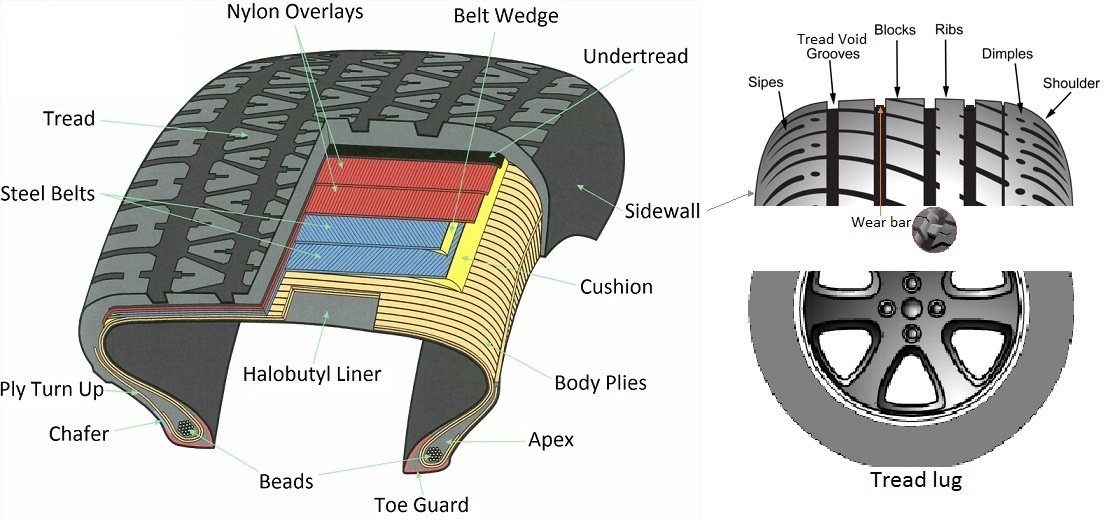Here's the donor car for the tire and rim
The car had locking hubcaps. Luckily, the key to remove them was in the glovebox
Now that we've seen the donor car, let's take a look at the wheel and tire that were removed from it.
The tire is junk due to a couple unrepairable gouges in the sidewall. I had read on the internet that it's possible to cut a tire off the rim, and was intrigued. I looked around for my sawzall, but couldn't find it so out comes my angle grinder instead
And a small rotary dremel tool with a reinforced fiberglass cutoff wheel
A drywall knife
A long prybar
A large 8" C-Clamp
All the tools laying side by side.
Looking at how a tire changer machine like the hunter tc3500 works, you'll notice that it squeezes squeezes the two sides of the tire sidewalls inwards. Backyard mechanics don't usually have access to one of these machines, but a large c-clamp can provide similar compression.
You could get more uniform load distribution by placing a block of wood in between the c-clamp and the tire sidewall on each side
Do note that there is no hydraulic assistance with like a professional tire changing machine, so you might have to really push hard on the c-clamp handle to get it to move.
With a fully inflated tire that hasn't been cut in half like this, you'll want to remove the valve core from the valve stem first. This will allow air to freely flow in and out of the tire. If you don't have the proper valve stem tool, a pair of fine tip needle nose pliers can be used to spin the valve core out. Or you could just cut the valve stem off all together.
The tire is held to the rim by an area called the bead. This is a thick peice of rubber with a bundle of wires inside it. Tire shops use a special long prybar called a tire spoon to compress the rubber enough to lift it over the rim flange. Since most shadetree mechanics don't have this tool, the tire bead wires are going to be cut instead.
During this process, the prybar pictured above was used to keep the tire far enough away from the rim that a dremel could get in. The prybar was not used to brute-force the uncut tire bead over the rim flange because this would have left numerous tool marks on the rim.
The sidewall in between the bead and tread surface is relatively weak on steel belted radial tires. You can cut though it with a the drywall knife pictured.
You will however need a saw blade or cutoff wheel for the bead wires. That bead wire is strong stuff, and there were 16 individual wires in this particular tire.
You'll also want something other than a knife to cut through the tire tread surface.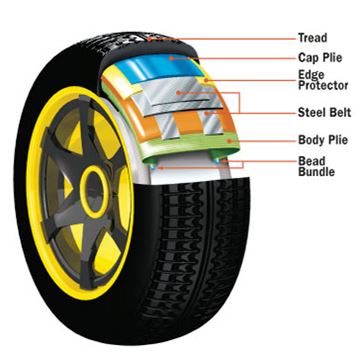 The rubber in this area is quite hard and is really thick which would take quite some time to carve out. But the big thing is that there are two layers of steel reinforcement belts here too. So you'll need a saw blade or cutoff wheel again.
The rubber in this area is quite hard and is really thick which would take quite some time to carve out. But the big thing is that there are two layers of steel reinforcement belts here too. So you'll need a saw blade or cutoff wheel again.
The steel belts and bead wires are the silver colored reflective dots in the picture.
The nylon overlays are easy to cut through with a knife. It's the steel belts underneath that you won't be able to cut through with this tool
Even if the two peices of the tire are placed back onto the rim, it seems unlikely that the tire will ever hold air or be able to be balanced again.
Here are more pictures of one of the tires that I cut in half
Most modern production cars will have a "drop center" rim similar to this. Notice how the rim is raised on each side, and there is a lowered portion in the middle?
This was a cordovan brand tire manufactured by cooper tire in georgia.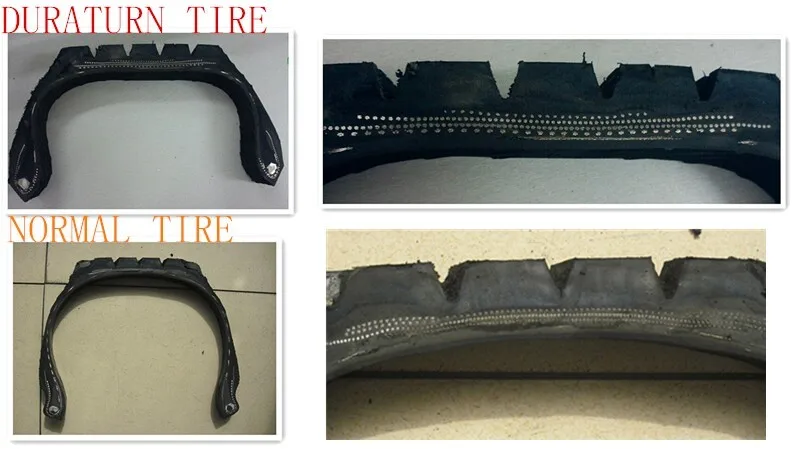 It had an "S" speed rating.
It had an "S" speed rating.
TBC Brands is the owner of the cordovan trademark
This centron model tire had a dot code of DOT 3DX0 TMT 0806. This means the tire was manufactured by cooper tire on the 8th week of 2006.
Tire Cutting Notes:
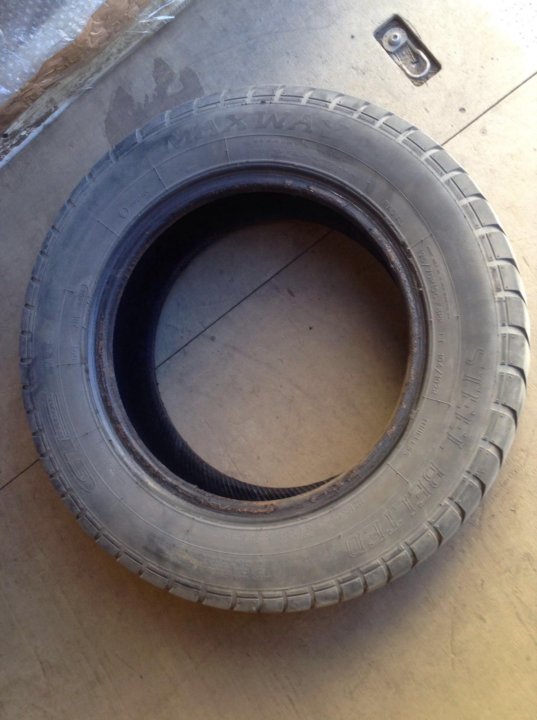
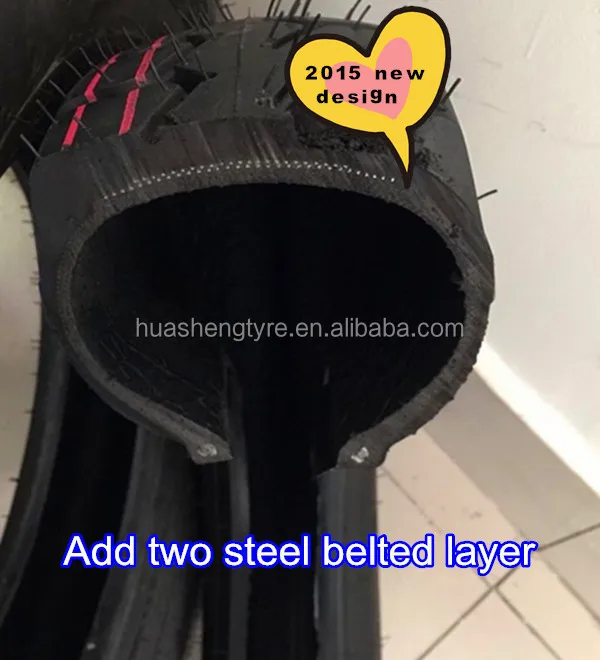
Have you ever felt irritated or tired while changing your vehicle tire?
Obviously, it is hectic!
Many car owners feel exhausted to change or cut the old tires of their vehicle as it is a long and energy-draining process. These tires are basically of two kinds, i.e., a regular tire and steel-belted tires. Regular tires do not take much time while cutting, but steel-belted tires, on the other hand, take a long run to slice down.
Through this article, you will get to know the best way to cut the steel-belted tire, which is extremely challenging at times. But now, you do not have to think twice before cutting them down. So, without wasting any minute, let us start exploring some great techniques.
But now, you do not have to think twice before cutting them down. So, without wasting any minute, let us start exploring some great techniques.
Get Started!
Contents
Take a sketch pen of blunt tip marker to mark your tire from where to cut. Try to keep your hand stable and make a dotted line from your pen. It might get difficult to manage while making the line as the tire’s texture is very thick and rubbery. This step could be time taking but is the most important point. So, be very cautious and make a proper dash-dotted line.
Now, you start puncturing the tire over the dotted line. For that, take a suitable cutter (saw blade) and start slitting the tire following the marks you have made.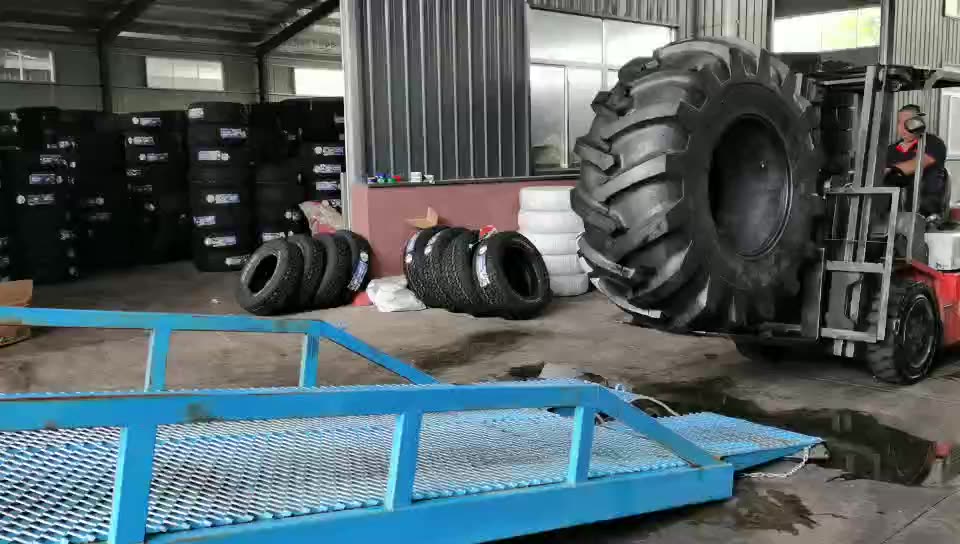 Avoid trying to cut from the bed as it is hard and may damage the cutter. Its edges may not come out as smooth as you expect, but a proper cut can work to get the proper end-up. Be careful while you cut.
Avoid trying to cut from the bed as it is hard and may damage the cutter. Its edges may not come out as smooth as you expect, but a proper cut can work to get the proper end-up. Be careful while you cut.
Sometimes, we just do not want to cut it simply. Rather we experiment with making some easy-to-cut patterns. So to cut a tire in such a way that it gives a good design, you need to bore a hole inside the bead and try to slit from the inside of the tire, taking the bead along with it. When the bead is completely cut, it would be a trouble-free task to cut the tire.
To remove the tire in this step, you can either make the dotted line once again or try to know where to cut. After cutting, it will come out looking like the shape of a donut. The only way to have a smooth and steady result is to keep your machine to the point, i.e., it should be sharp enough to cut through the tire, also follow the line you have marked.
Now, keeping everything safe and sound, try to detach the rubber from the main tire and have a keen glance if the tire has made it up to mark or not.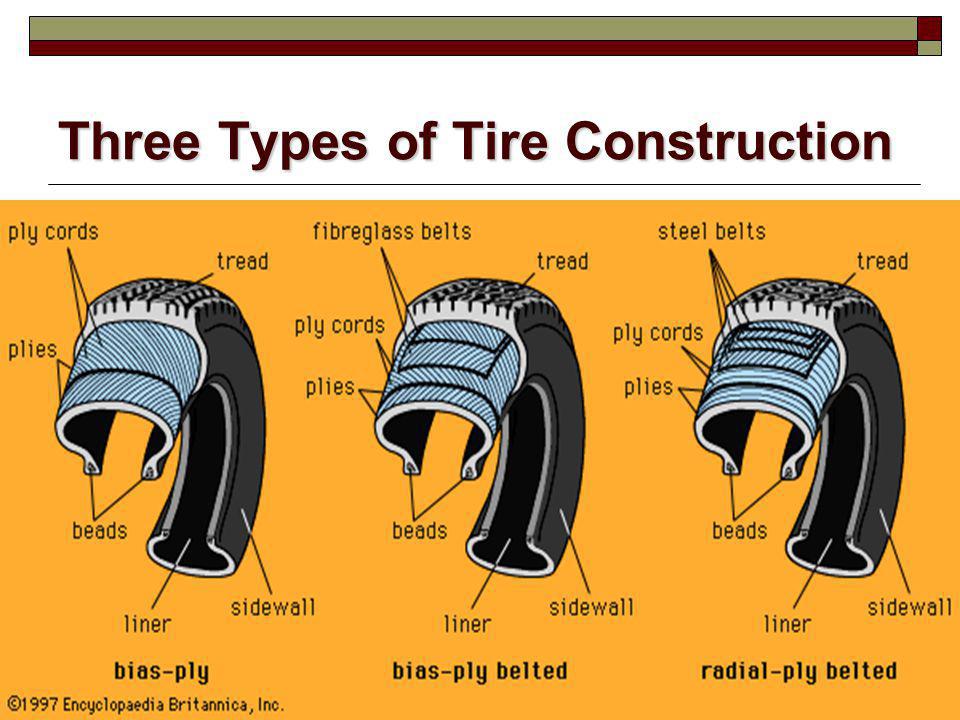 You can use any equipment like a chisel or file to help in detaching the rubber. Keep the detached rubber aside for further usage. This is a simple process after cutting and does not even take much time to work upon.
You can use any equipment like a chisel or file to help in detaching the rubber. Keep the detached rubber aside for further usage. This is a simple process after cutting and does not even take much time to work upon.
Now, keeping everything safe and sound, try to detach the rubber from the main tire and have a keen glance if the tire has made it up to mark or not. Remove all the waste parts after slitting the tire completely. Later, close the remaining section by binding it al-together. It is necessary to separate waste and get it out as it can be stuck in between, making the whole process even more difficult.
You sometimes know where we lack? Yes, choosing that one perfect tool that will help you in cutting the steel-belted tire like butter. The tool which we use doesn’t need to be generally perfect for you. You can pick the equipment according to your comfort and choice. The suggested tool for this process is ‘Chisel,’ but it may vary from person to person who works and feel comfortable holding it.
These procedures can be hazardous as the machines used to cut these tires have sharp blades and cutters embedded into them. So to avoid injuries and accidents, one must wear glasses or eye protectors, helmets, leather gloves, a mask to avoid inhaling fumes and smoke, etc. Be habitual of working slow and switching off the equipment every time after you use it. It would cause less harm and mishaps to occur.
There are many ideas of tire plantation where we can make a good garden out of them. You can make swinging pots, decorative cup pots, wall hanging tire plants, tire wells for plants, tire nurseries, and many more. You can accessorize your backyard or garden with different exciting and innovative tire planter ideas. Just a little exploration is needed. You can have an idea through the internet to DIY them.
Bringing up this article to inform you the correct and accurate way of trimming the steel-belted tire of any kin do vehicle was significant. Many people know how to do it but attempting it most easily and refreshingly.
Many people know how to do it but attempting it most easily and refreshingly.
So, we made it simpler for you and upgraded your efforts in an uncomplicated manner. We hope this article has helped in your search. Let us know in the comments if this method worked for you.
Great Day Ahead!
Sandy Jensen
Sandy Jensen is the founder of OrganizeWithSandy and Works with Champalimaud Design where she curates and creates fresh ideas for designing and styling your life.
Previous article
Next article
Passenger summer tires for the most part do not differ in the variety and complexity of the pattern, like winter models. But each element of the tread hides many complex technical solutions behind external simplicity, no less engineering finds are contained in the rubber compound and carcass structure.
We tell you how they can influence the choice when buying
Every year, before the next seasonal tire change, we are massively asked one question: are tires from a well-known Japanese (French, Italian, German, Scandinavian, Korean) manufacturer good? And we are again forced to answer that it is almost impossible to “diagnose” only by the name of the brand. Let's start with the fact that even premium brands have expensive top-end and more affordable models with a different balance of characteristics between "excellent" and "good". Other companies can afford to have both real masterpieces and frankly mediocre samples in the model line at the same time. Well, and, most importantly, it is not necessary to select a manufacturer, but a specific tire model, based on the size, purpose, driving style, road and weather conditions and vehicle characteristics.
Separation of summer tires into separate classes of high-speed (HP) and ultra-high-speed (UHP), touring, city, eco-friendly and other models, as well as gradations "sport", "comfort", "sport+comfort", etc.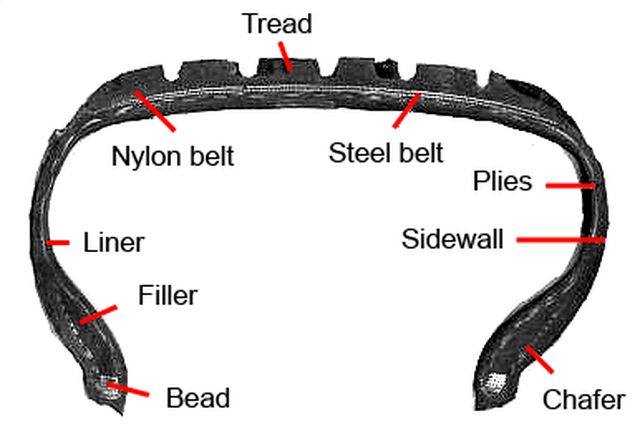 , Today they are quite conditional and can guide the buyer only at the first stage of selection. Yes, and the height of the bar for the requirements of the company is often selected in its own way. As the results of many tests have shown, sometimes a different premium touring “workhorse” can beat a “sports” tire from a not particularly ambitious manufacturer in speed and handling.
, Today they are quite conditional and can guide the buyer only at the first stage of selection. Yes, and the height of the bar for the requirements of the company is often selected in its own way. As the results of many tests have shown, sometimes a different premium touring “workhorse” can beat a “sports” tire from a not particularly ambitious manufacturer in speed and handling.
By the way, the speed index does not at all indicate the sporty qualities of a summer tire. If one model with the cherished letter Y (300 km / h) is able to flawlessly cut turns on the track, then perhaps the other has the same index simply means that it will not collapse in a straight line if the driver suddenly presses the “gas” pedal for this limit. In fact, this contains an indication of the strength characteristics of the tire, which are usually planned with a fair margin.
In order not to get confused when choosing, you should first of all look for tires that match the car in terms of purely technical parameters.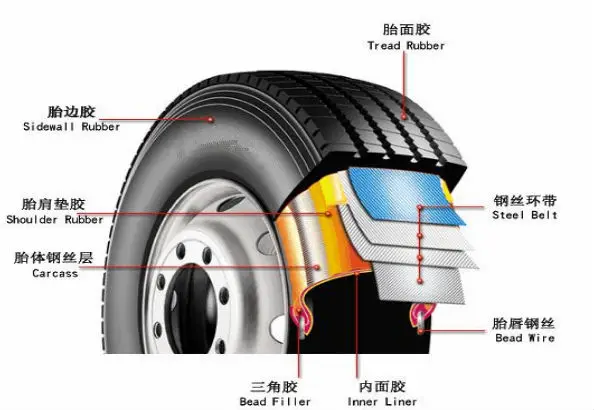 As a rule, such recommendations are available both on the websites of tire manufacturers and automakers. And then, from several options, you can select the best in terms of “price - quality”, features of behavior on the road, results in tests and reviews.
As a rule, such recommendations are available both on the websites of tire manufacturers and automakers. And then, from several options, you can select the best in terms of “price - quality”, features of behavior on the road, results in tests and reviews.
The first impression of a tire is the tread pattern. True, in recent years, most summer tires have been similar to each other, like twins, due to the widespread asymmetric design, which from a distance visually equalizes tires of different categories and prices. Another thing is symmetrical directional models, gradually moving into a separate niche for connoisseurs of driving and external individuality. Some examples (Toyo Proxes T1R or Yokohama Neova AD08R) look deliberately spectacular, and even pragmatic Koreans chose to call the very fast and stable Hankook Ventus V12 Evo2 tire "for drivers who attach importance to their own style", as if putting its design above driving performance.
The tread pattern alone is definitely not worth it, unless you are looking for a show tire, although it can give some clues.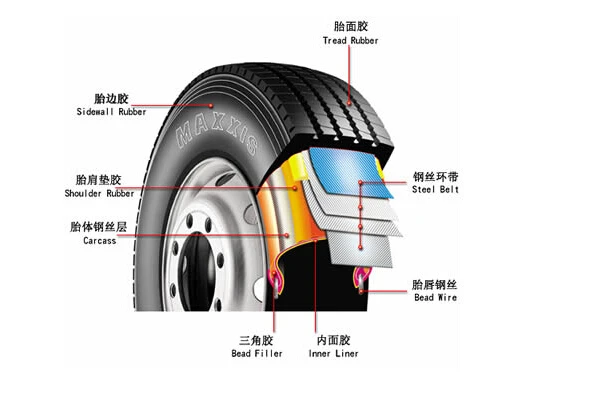 Theoretically, ceteris paribus, asymmetric tires should show an advantage in most driving disciplines: acceleration, braking, steering response, cornering stability - all thanks to the specialization of different tread areas. Usually, its outer part is made denser due to large rounded blocks that “rest” in turns, and the inner zone contains more coupling elements and is responsible for handling and directional stability.
Theoretically, ceteris paribus, asymmetric tires should show an advantage in most driving disciplines: acceleration, braking, steering response, cornering stability - all thanks to the specialization of different tread areas. Usually, its outer part is made denser due to large rounded blocks that “rest” in turns, and the inner zone contains more coupling elements and is responsible for handling and directional stability.
The symmetrical directional tread of summer tires is more often attributed to the role of a "rain" pattern. Indeed, inclined arrow-shaped channels, especially those expanding outwards, shrink slightly in motion and very quickly push out water - like from a rubber douche. But it all depends on the segment and the purpose of the tires, and asymmetric models have also acquired effective water evacuation technologies. Moreover, these are not banal and almost obligatory three or four wide longitudinal channels - for example, Nokian has such channels equipped with smooth polished walls so that water does not meet the slightest obstacle in its path. Due to the specifics of the Scandinavian climate, this manufacturer generally pays great attention to “drainage”, often using non-standard solutions such as protrusions on blocks that create the Coanda effect, when, due to a pressure difference, the liquid seems to stick to one of the walls and is evacuated in a given direction. Increasingly, manufacturers are using other hydrodynamic elements inside the channels in the form of protrusions or recesses of a special shape, which help to "accelerate" the water and throw it out of the contact patch. So in the fight against a water film on the road, a clear leader among the types of tread has not yet been identified.
Due to the specifics of the Scandinavian climate, this manufacturer generally pays great attention to “drainage”, often using non-standard solutions such as protrusions on blocks that create the Coanda effect, when, due to a pressure difference, the liquid seems to stick to one of the walls and is evacuated in a given direction. Increasingly, manufacturers are using other hydrodynamic elements inside the channels in the form of protrusions or recesses of a special shape, which help to "accelerate" the water and throw it out of the contact patch. So in the fight against a water film on the road, a clear leader among the types of tread has not yet been identified.
But the tread elements of summer passenger tires must demonstrate their main properties on a hard dry surface, and here it turns out that outwardly similar models have a lot of their secrets. Part of the technical solutions is devoted to maintaining the shape of the tread blocks during overloads. So, their edges are made bevelled or rounded so that they do not tuck under the tread when braking (in particular, in the Michelin Primacy family).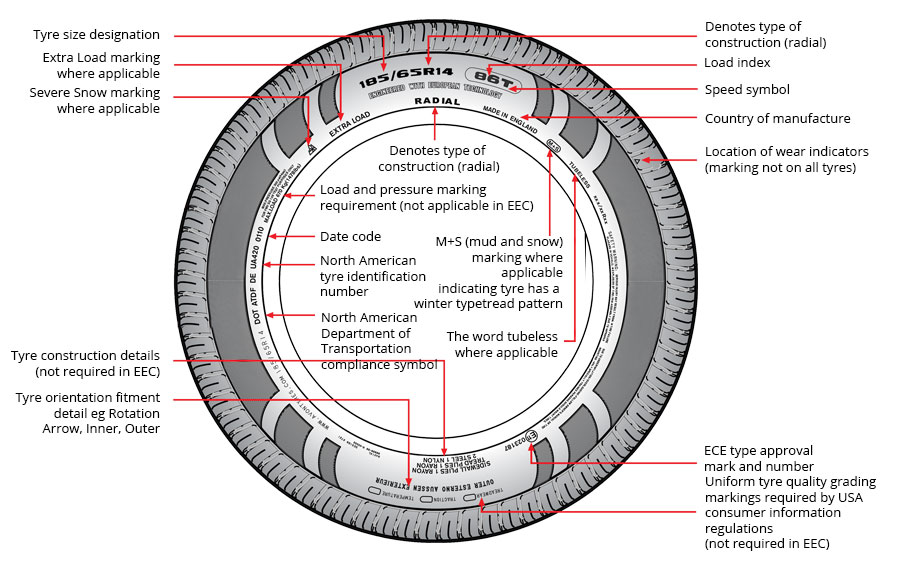 Sometimes manufacturers use the opposite effect, where the deformation of the tread elements is beneficial - for example, Goodyear's Active Braking Technology expands the blocks under braking, increasing the traction surface.
Sometimes manufacturers use the opposite effect, where the deformation of the tread elements is beneficial - for example, Goodyear's Active Braking Technology expands the blocks under braking, increasing the traction surface.
The shape and pitch of the blocks matter. On the one hand, transverse gripping edges are important, which improve grip, especially on wet surfaces. On the other hand, manufacturers strive to make the tread smoother, more often to use solid elements (like solid longitudinal ribs), this reduces rolling resistance, and with fewer joints, acoustic resonance decreases when hitting the road. And here, the balance of sometimes opposite characteristics depends on the experience and skill of the developers, allowing the tire to work equally effectively in different road and weather conditions.
Even subtle nuances in the tread pattern can change the performance and behavior of a tire. This is clearly illustrated by the latest generation Pirelli PZero UHP tire, which is offered in three versions: for powerful luxury sedans, sports cars and genuine supercars.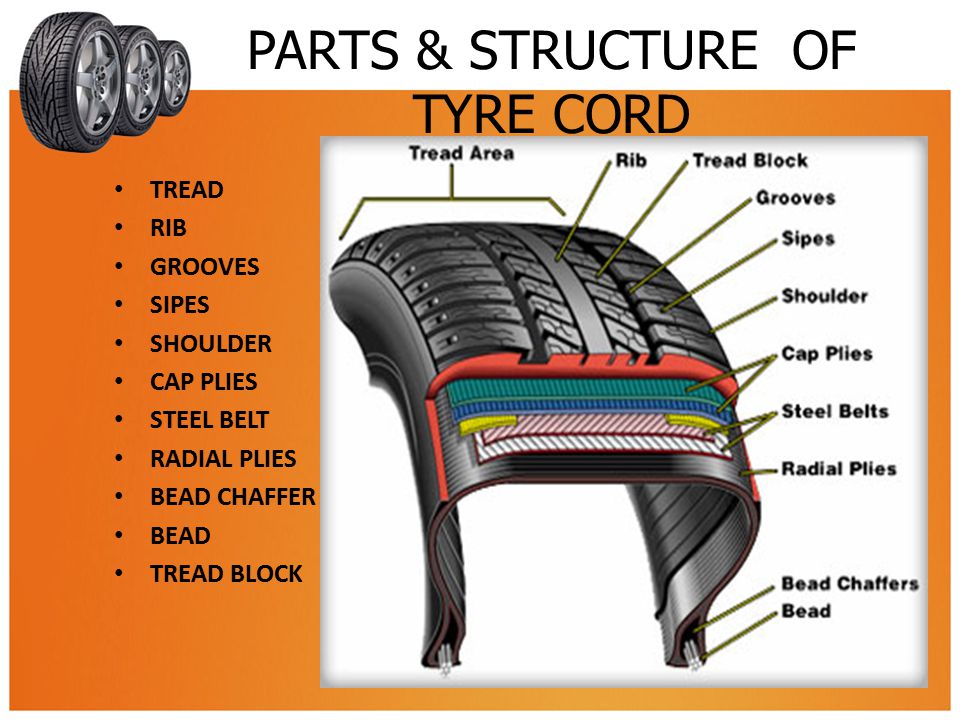 The sportier and faster the modification, the larger and denser the blocks of the shoulder zone, the wider the longitudinal ribs, the fewer joints and the transverse grooves “cutting” the tread. Of course, all this works only in combination with the individual composition of the rubber compound and the inner frame.
The sportier and faster the modification, the larger and denser the blocks of the shoulder zone, the wider the longitudinal ribs, the fewer joints and the transverse grooves “cutting” the tread. Of course, all this works only in combination with the individual composition of the rubber compound and the inner frame.
The rubber compound is a gray cardinal (black, to be more precise), which, behind the facade of the tire's appearance, finally passes judgment on how the wheel behaves on the road. It is not for nothing that the attempts of some, to put it mildly, little-known and unscrupulous firms to clone successful models from eminent manufacturers are broken into the secrets of rubber compounding, although there is an outward resemblance.
The point, as always, is in the balance of characteristics. The softer the rubber, the better it fits the micro-roughness of the road, guaranteeing good grip even on wet surfaces, but it also tends to quickly wear out like an eraser, in particular, when it is very hot.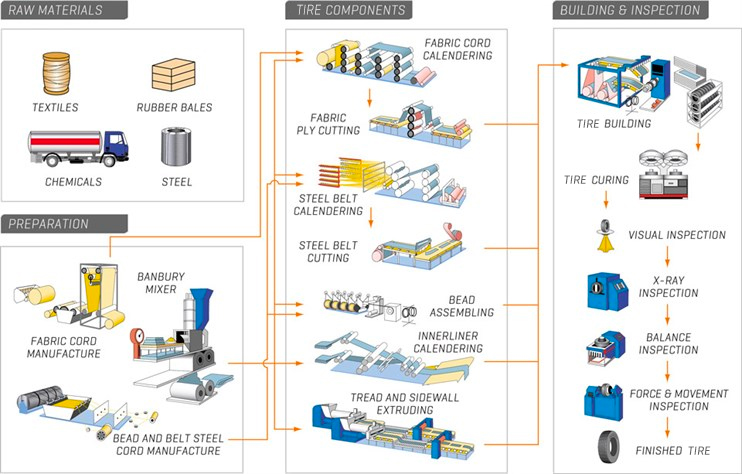 Hard rubber is also good - it resists rolling less, which means it reduces the load on the engine and helps save fuel, and at the same time it wears out less quickly.
Hard rubber is also good - it resists rolling less, which means it reduces the load on the engine and helps save fuel, and at the same time it wears out less quickly.
The recipe for the rubber compound is one of the most important know-how of the manufacturer, the secret of which is kept under seven seals, and it is enough for a wide range of users (and distributors) to know that the new rubber (for the umpteenth time) involved "increased silica content" and "special elastopolymers" that improve the distribution of the notorious silica in the mixture. And so, conjuring over chemical elements and intermolecular bonds, the developers are trying to ensure that the rubber “sticks” to the asphalt, but does not leave small particles, as after a grater, so that it reacts elastically to road bumps, but does not walk like jelly under sharply changing loads . And there, if necessary, you can already shift the balance in the right direction: at least make a “sticky” racing slick, whose life span is several races, or, as they like in the South Asian outback, bake a hard and very cheap “wooden” tire that does not wear out for a long time, saving skinny wallets, but also strives to fly out of the turn like clockwork.
Many important technologies are hidden from view and are literally inside the tire - we are talking about the carcass and other elements of the internal structure, which should not only set the shape, but also maintain the stability of the contact patch (and hence the grip) in different load conditions, prevent the tire from stretching and deforming under the influence of centrifugal force and provide mechanical strength, as far as possible, resisting punctures, cuts and strong impacts.
High-speed tires, which are constantly subjected to extreme loads, have to be especially creative. Up to 2.5 km of the thinnest steel wire, twisted into a three-core bundle, was hidden in the Nokian Hakka Black carcass of the first generation, which significantly increased the tire's endurance even on bad roads. And the creators of the successful Michelin Pilot Sport 4 S have opted for a hybrid aramid/nylon breaker that they claim is five times stronger than steel without adding to unsprung mass, so the tire performs well beyond the general public. use, but also on race tracks.
use, but also on race tracks.
Almost all modern passenger tires have a radial construction, where the carcass strands are perpendicular to the motion vector - this helps the tire to keep its usual shape, keep the contact patch and wear out less. The diagonal design, when the threads are superimposed at an angle to each other, works much worse on a hard surface and high speed and therefore has become a thing of the past, although it is sometimes found in models for extreme off-road and special equipment (due to especially strong sidewalls). But the Japanese Yokohama unexpectedly decided to combine the advantages of each design and created a hybrid carcass for the ADVAN Sport V105 model, where, along with the radial imposition of threads in the central tread area, there is also a diagonal arrangement of threads in the shoulder area and on the sidewalls. This Matrix Body Ply technology allows the tire to maintain a stable contact patch during cornering overloads. And Pirelli, a recognized authority in the world of sports tires, solved the same problem with the development of the latest generation of the PZero series, thanks to the experience in creating tires for racing Formula 1.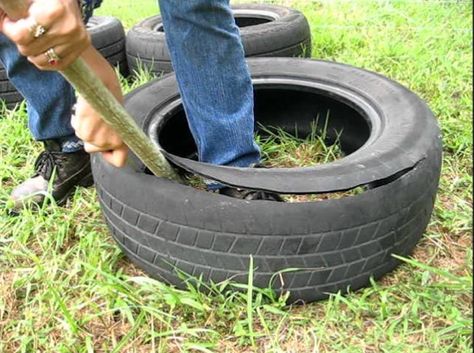 The F1 Bead technology uses a particularly hard rubber compound in the sidewall area, which keeps the tire from deformation in the transverse direction.
The F1 Bead technology uses a particularly hard rubber compound in the sidewall area, which keeps the tire from deformation in the transverse direction.
Manufacturers focusing on the mass budget segment also pay attention to the frame. For example, the fairly recent GT Radial FE1 City model from Asian giant Giti Tire uses a fully synthetic and therefore lightweight carcass, which made it possible to reduce unsprung masses. If we take into account that the tire is positioned by the manufacturer as a model "for daily use", then improved mileage and efficiency turn out to be very useful.
It is important to add that all the properties of tires declared by any manufacturer appear only when they are properly used. What is the point of choosing an eco-friendly model with low rolling resistance and good wear resistance if you do not monitor the correct level of pressure in the wheel? Or expect worn tires to handle and brake like new just because of brand magic? Here we will answer another common question about the advisability of purchasing used tires: often top used models lose out to new "middle peasants", not to mention possible hidden carcass defects. But the choice of new rubber on the Russian market is very wide.
But the choice of new rubber on the Russian market is very wide.
Tell friends:
Share on VKontakte Share on Odnoklassniki
OR
Comment
July 23, 2020
June 24, 2020
March 24, 200068
August 17, 2019
April 21, 2019
Monday was already marked by a weather collapse - snow and rain, as well as morning icy conditions, have already led to several accidents on the roads. As a result, the traffic police and the TsODD issued an operational warning about changing tires. The transaction will be completed before the end of this year June 28, 2022 0
Old tires have been put to good use
Ecologists have repeatedly said that stocks of old rubber are increasing to critical levels, which negatively affects the environment. However, scientists have found a worthy use for tires May 26, 2022 0
The traffic police does not give the go-ahead to change tires
Now early spring is starting to please everyone with sunny warm days. The weather is so good that motorcyclists are already starting to take to the roads, and motorists are thinking about changing winter tires to summer ones, but you should not rush into this. March 17, 2022 0
Russia is facing a shortage of tires
Downtime of tire manufacturing plants caused by coronavirus outbreaks will lead to a shortage of the above product 30 August 2021 0
Driver, take care of your wheels!
Tiktok-poisoned young people have a new pastime - twisting valve caps off cars.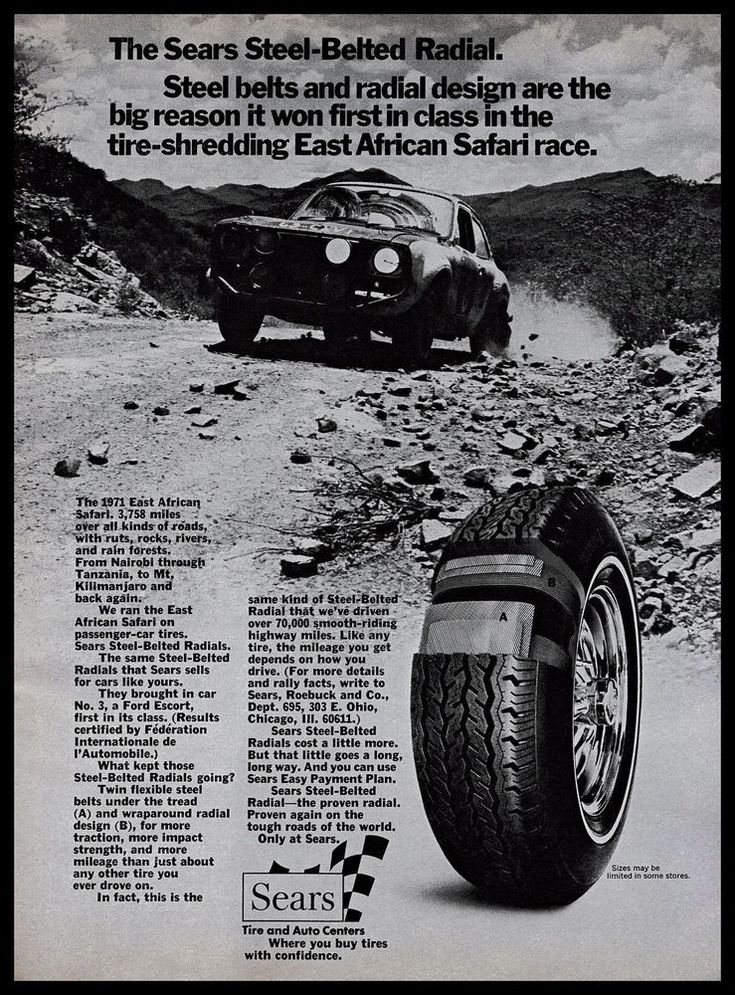 The question is why would they? June 24, 2021 0
The question is why would they? June 24, 2021 0
The Ministry of Internal Affairs denied the introduction of a fine for the wrong tires
For several weeks, information has leaked into the network that, with the beginning of summer, inspectors will begin to fine people for using tires out of season. April 14, 2021 0
Ministry of Internal Affairs proposes to ban driving on summer tires in winter
Russian Ministry of Internal Affairs proposes to ban motorists from driving on summer tires from December to February. This is stated in the draft decree of the government of the Russian Federation developed by the Ministry of Internal Affairs, posted on the portal of draft regulatory legal acts October 21, 2020 0
Leave a comment
Regrooving is only possible if the sidewall of the tire is marked "Regroovable". And there is such a marking on truck tires and tires for light trucks.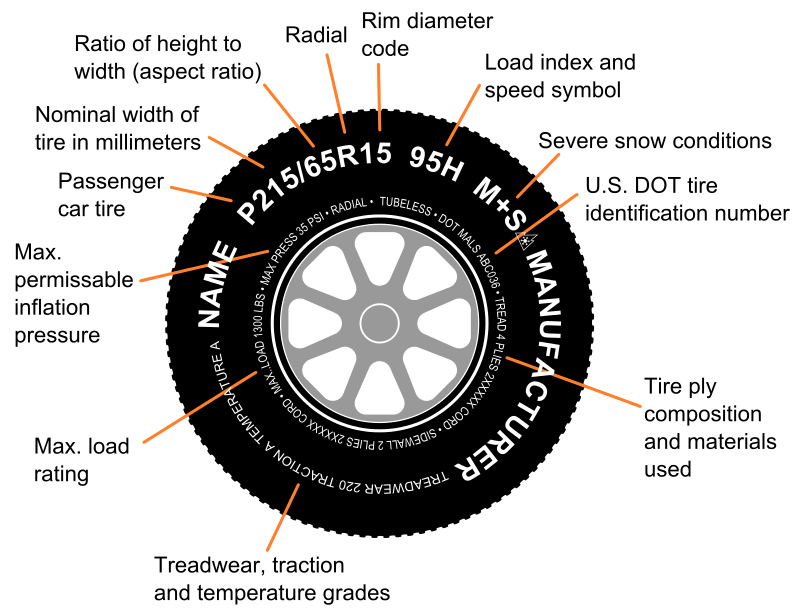 It doesn't exist on car tires. But this does not stop garage dealers and sellers of used tires. In a new article by Avtoset, we explain why those who cut the tread on passenger tires are wrong. Your attention to the video and its text version - choose the format that is convenient for you.
It doesn't exist on car tires. But this does not stop garage dealers and sellers of used tires. In a new article by Avtoset, we explain why those who cut the tread on passenger tires are wrong. Your attention to the video and its text version - choose the format that is convenient for you.
Join us on Instagram, Facebook, VKontakte or Odnoklassniki to stay up to date with news, contests, discounts and promotions. More interesting information about tires and cars - on our YouTube channel.
The grooving of a tire is a deepening or making grooves on its tread. The grooves are responsible for the effective removal of water from the contact patch and prevent hydroplaning. The grooves also allow better grip on soft surfaces.
Only cut tires that have the "Regroovable" marking on the sidewall. It can be found on truck and light truck tires. In order for the tire to allow cutting the tread, the manufacturer uses additional layers of rubber compound in the tread part and strengthens the carcass. But cutting a pattern on passenger tires is strictly prohibited.
If you look at the tire in cross section, the first layer will be the liner. He is responsible for the tightness of the tire. The second layer is the tire carcass. It consists of woven synthetic threads immersed in a rubber compound. Most often these are nylon threads. It is the carcass of the tire that accounts for the weight of the car, passengers and luggage.
The third layer is the breaker. It consists of rigid, twisted steel threads. It is this layer that provides rigidity in the transverse direction and flexibility in the longitudinal direction. So, under the action of centrifugal forces, the tire can stretch, but thanks to the breaker, it will retain a contact patch close to flat with the road. Also, the breaker retains flexibility in the vertical direction, which allows the tire to go around obstacles, minimally transferring shocks and vibrations to the car.
The next layer is a nylon bandage. It prevents tire deformation. A subtread layer is located on top of the bandage. Its rubber compound is very different from the top, tread, layer. It is more rigid and looks like plastic. The difference is due to the fact that the tread layer determines the driving qualities of the tire, but the undertread layer is needed in order for the tire to better retain its shape or hold the stud more securely. Another reason why manufacturers use different rubber compounds in the undertread and tread layers is the desire to save money and offer the buyer a competitive price. Moreover, absolutely all manufacturers do this, from the premium segment to the budget one. Another thing is that the thickness of the cheap, under-tread layer is different for different models.

But does a cut tire retain its performance characteristics? No, because the tread layer is already almost worn out and the “plastic” under-tread layer is in contact with the road. It is simply not necessary to talk about effective braking or good handling. This is especially important for winter tires, because some manufacturers place the undertread layer almost immediately at a depth of four millimeters.
The strength of the tire will also change, since road irregularities will be perceived by the carcass and breaker without cushioning by the undertread layer. Plus, a stone that hits a freshly cut groove directly can puncture a tire, tearing the breaker and carcass, and at high speeds, centrifugal force can destroy a wheel. In addition, if the tread on the tire is cut in different sections to different depths, this can seriously affect the balance of the wheel, which means putting additional stress on the car's suspension.
The first thing to look for is the wear indicators, which are usually located at the bottom of the groove. Sliced tires simply cannot physically have such indicators, since the bottom of the groove has been pierced. That is, this indicator was cut off along with a layer of rubber compound. Finding the place where this indicator should have been is very simple. It is enough to look at the sidewall of the tire and find the special “TWI” marking there.
Sliced tires simply cannot physically have such indicators, since the bottom of the groove has been pierced. That is, this indicator was cut off along with a layer of rubber compound. Finding the place where this indicator should have been is very simple. It is enough to look at the sidewall of the tire and find the special “TWI” marking there.
The second sign of a cut tread is the unevenness of the edges and different depths of the tread grooves.
Buying, for example, a used winter tire with a cut tread, the driver gets a residual groove depth of 6-7 millimeters. And up to the mark of 4 millimeters, which is allowed by the rules of the road, he still has to ride and ride. But in reality, it turns out that the residual thickness of the tread rubber compound is only 1-2 millimeters, and therefore the tire will become unsafe very soon.
Same situation with summer tyres. Only the benchmark for critical wear here is at a residual tread depth of 1. 6 mm. Accordingly, buying a used summer tire with a residual tread depth of 4 millimeters, a layer of rubber compound that will provide good enough grip will end after 1 millimeter of wear.
6 mm. Accordingly, buying a used summer tire with a residual tread depth of 4 millimeters, a layer of rubber compound that will provide good enough grip will end after 1 millimeter of wear.
Treading on passenger tires is absurd. And buying used tires is not a sound economy, but a game with luck: 50 to 50, lucky - no luck. Remember: the car rests on the road with only four points, the area of the contact patch of which does not exceed the area of \u200b\u200bthe palm of your hand. And a tire that “shoots” at speed can cost the life of not only the one who went on an adventure, but also the people around.
The material was prepared by Avtoset, the leader in the tire market in Belarus, according to the International Agency MASMI Research Group for 2018.
Addresses of Avtoset stores:
